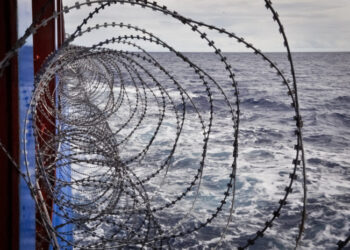Verifying ship positions reported with AIS

The JRC, in collaboration with the Italian coast guard service, has developed a new method to verify whether ship positions reported with the Automatic Identification System (AIS) are correct.
This effective method does not need any additional sensors or technologies and it makes it possible to validate reported data and detect unintentionally incorrect, jammed or deliberately falsified information reported by ships.
The AIS system was originally designed to avoid collision between ships, but it is becoming a cornerstone of maritime situational awareness, allowing to know where ships are at sea. However, AIS is prone to tampering and spoofing and the alteration of reported data is expected to increase in the future.
The new method entails AIS data verification that can be implemented within a generic network of AIS base stations. It combines a classic radio-location method based on Time Difference of Arrival (TDoA) with an Extended Kalman Filter (EKF) designed to track vessels in geodetic coordinates. It has been successfully tested using real data collected by AIS base stations. The results show a deviation between the estimated origin of detected signals and the broadcast position data in the order of hundreds of meters, therefore demonstrating the operational potential of the methodology.
Source and Image Credit: Europa




























































